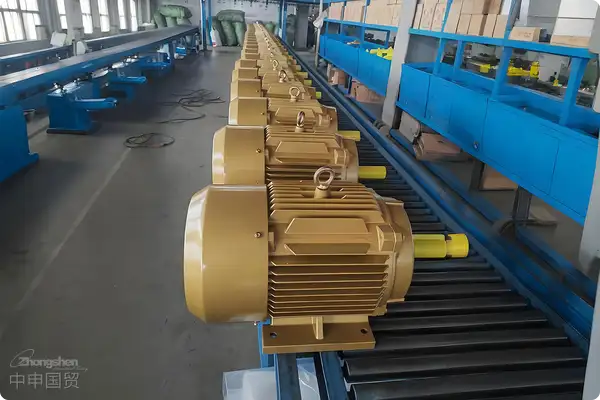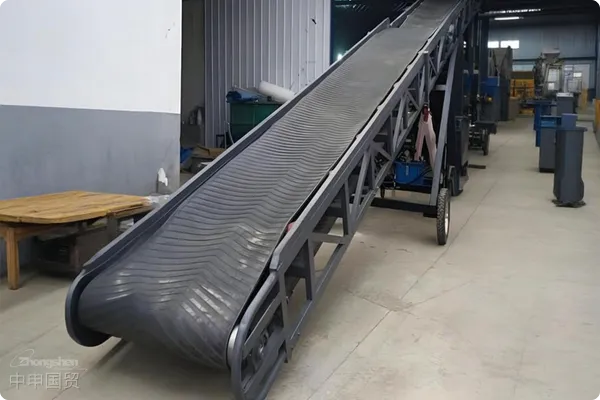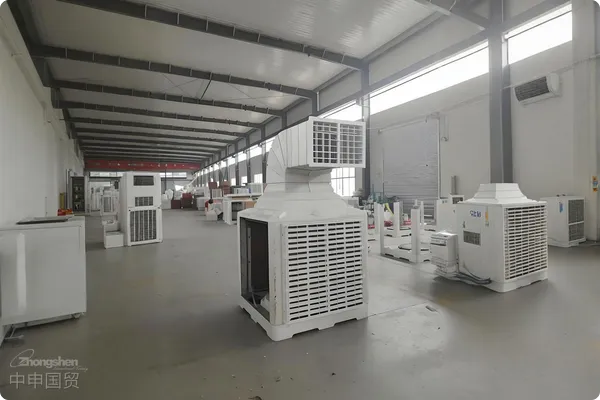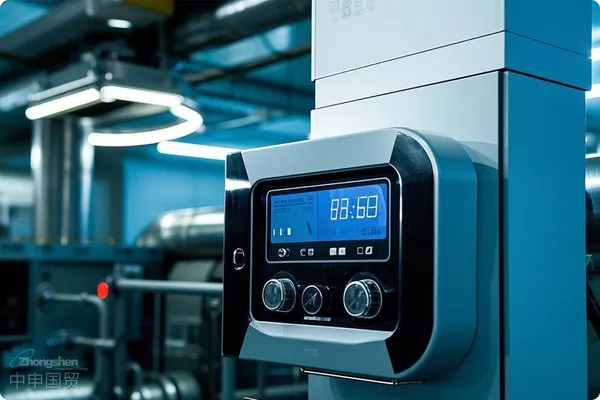- Shanghai Zhongshen International Trade Co., Ltd. - Two decades of trade agency expertise.
- Service Hotline: 139 1787 2118
MachineryEquipment ExportIt is a process involving multiple complex procedures, and each step is related to whether the equipment can smoothly enter the international market. Whether it is the determination of the correct HS code or the preparation of a rigorous customs declaration process, these are key links that enterprises must take seriously. Understanding and mastering these steps can not only effectively avoid risks but also ensure that the equipment is delivered to customers on time, winning a competitive advantage for enterprises in the international market.

The following is a detailed description of the steps required for exporting mechanical equipment:
I. Determine the HS code
Determining the correct HS code is the first step in exporting mechanical equipment. This code is a globally unified commodity classification system used for customs declaration of goods, tax collection, and trade statistics in international trade. To ensure correct customs declarations and avoid potential tariff disputes, enterprises must accurately match the corresponding HS code according to the specific characteristics of the mechanical equipment, such as function, material, and usage. This is not only related to the calculation of tariffs but may also affect relevant regulatory conditions and required licenses. Incorrect coding may lead to delays in customs clearance or requests for additional tax payments.
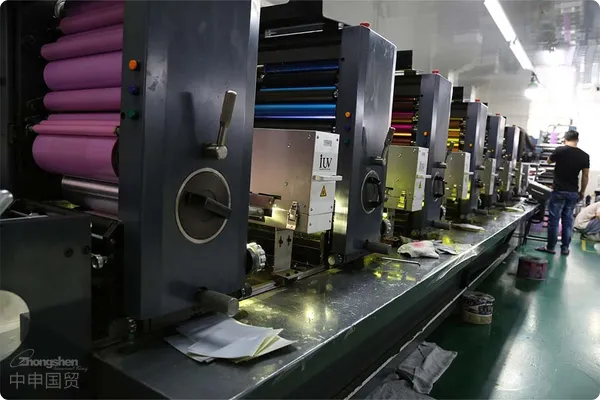
II. Prepare basic documents
Preparing complete export documents is the key to the smooth customs clearance of mechanical equipment. The following is a detailed description of the basic documents that need to be prepared:
(1) Packing list:The packing list not only needs to list basic information such as the quantity, weight, and size of the goods but also should describe in detail the specific packaging method, packaging materials of each piece of equipment, and the number of each package. The packing list is an important basis for the customs to check the actual goods against the declared goods.
(2) Contract:The export contract should clarify the rights and obligations of both the buyer and the seller. In addition to the basic transaction terms, it should also include detailed terms such as delivery time, place, quality standards, payment methods, and liability for breach of contract to ensure that the interests of both parties are protected by law.
(3) Invoice:The commercial invoice should clearly show the value, quantity, unit price, total price, currency unit of the goods, as well as the payment terms. The invoice is an important document for the customs to conduct valuation and taxation, so it must be accurate.
(4) Declaration elements:Declaration elements are not only a description of the characteristics of the goods but should also include information such as the manufacturer, brand, purpose, and material composition, which helps the customs to correctly classify and evaluate the goods and avoid troubles caused by incorrect declarations.
III.Export ClearanceProcess
Export customs declaration is a crucial part of the mechanical equipment export process. The specific process is as follows:
(1) Provide equipment information:The exporter needs to provide the customs broker with detailed information including the equipment name, model, weight, volume, and value. Accurate equipment information helps the broker to declare accurately and avoid delays caused by inconsistent information.
(2) Confirm the transaction mode:Clarify the choice of the port of shipment and the port of destination, and delivery terms (such as FOB, CIF, etc.) to ensure that all parties reach an agreement on the delivery location and liability division.
(3) Book shipping space:According to the transportation schedule of the equipment and the requirements of the destination, book shipping space with the shipping company or airline to ensure that the goods can be loaded and transported on time.
(4) TrailerLoad the container:According to the size and weight of the equipment, arrange appropriate vehicles and a professional team for container loading operations, and take pictures to record the loading process for future needs.
(5) Prepare customs declaration materials:Prepare all necessary customs declaration documents including commercial invoices, packing lists, bills of lading, etc., to ensure that all materials are complete and accurate.
(6) Complete customs declaration and supplement materials:After the customs declaration is completed, promptly check any information feedback from the customs. If there is any information that needs to be supplemented, handle it as soon as possible to ensure smooth customs clearance.
(7) Pay fees:The exporter needs to pay relevant fees such as customs declaration and transportation fees in a timely manner to avoid the goods being detained due to fee issues.
(8) Check the bill of lading:The bill of lading is the certificate of ownership of the goods. The exporter needs to carefully check the information on the bill of lading (such as ship name, voyage number, goods description, etc.) to ensure that it is consistent with the actual goods information.
IV. Special precautions
During the process of exporting mechanical equipment, there are several special matters that need to be paid special attention to ensure smooth export:
(1) HS code classification:Exporters should regularly review the HS code to ensure its accuracy and pay close attention to changes in customs policies to avoid additional costs or penalties.
(2) Container Loading Photos:Take detailed photos during the container loading process to record the loading situation of the equipment. These photos can be used to resolve potential transportation damages or disputes when the goods arrive at the destination.
(3) Equipment Cleaning:Ensure that the equipment is thoroughly cleaned before shipment, especially to remove any remaining liquids such as engine oil and diesel, to prevent additional costs due to contamination or rejection by the destination country.
(4) Wooden Packaging Treatment:If wooden packaging materials are used, ensure that these materials have been fumigated and have relevant supporting documents, such as the IPPC mark, to avoid rejection by the destination country.
(5) Special Documents:Depending on the specific nature of the equipment, additional permits or inspection certificates may be required. For example, electrical equipment may need electrical safety certification. Ensure that these documents are complete and valid.
V. Comply with the regulations of the importing country
The regulations and requirements for importing mechanical equipment may vary from country to country. Before exporting, enterprises need to thoroughly understand the relevant laws and regulations of the destination country, including but not limited toIt is recommended to verify through the following methods:product descriptions, quality certificates, safety certifications, etc. Some countries may require international certifications (such as CE, UL certifications) or additional inspection and quarantine of the equipment. Complying with these regulations can not only avoid delays but also ensure the smooth entry of products into the market.
VI. Insurance and transportation
Exporting mechanical equipment often involves high value and great transportation risks. Therefore, it is crucial to purchase appropriate transportation insurance for the goods. Insurance can cover accidents that may occur during transportation, such as damage, loss, theft, etc. In addition, choosing the right transportation method (such asMaritime Transportation,Air Transportationsea freight, land transportation, etc.) and packaging method (such as waterproof, shock - proof packaging, etc.) is also the key to ensuring the safe arrival of the equipment at the destination.
VII. Export inspection
Depending on the type of equipment and the requirements of the export destination, some mechanical equipment may need to go through a mandatory inspection and quarantine process before export. Export enterprises should cooperate with relevant inspection agencies to ensure that the equipment meets the technical and safety standards of the destination country. After the inspection is completed, the enterprise should obtain a certificate of conformity or inspection certificate for submission to the customs during customs clearance.
VIII. Trade compliance
Finally, the entire export process must comply with international trade rules and the laws and regulations of relevant countries. Export enterprises should ensure that all documents, transactions, and operations comply with international trade practices and legal requirements, avoiding any form of commercial fraud or violations. Cooperate with professionalExport Representation(such asZhongShen International Trade) to review contracts, trade terms, and legal compliance to ensure that the entire export process is legal and compliant.
Summary
The procedures involved in exporting mechanical equipment are complex and diverse. Enterprises need to be well - prepared at every step. By thoroughly understanding and following the requirements of each step, enterprises can effectively reduce risks, ensure the smooth export of mechanical equipment, and deliver it to customers on time. In actual operations, it is recommended to cooperate with an experienced export agent like Shanghai Zhongshen International Trade to ensure that all procedures meet the latest requirements and avoid unnecessary delays and additional costs.
Related Recommendations
Category case
Contact Us
Email: service@sh-zhongshen.com
Related Recommendations
Contact via WeChat

? 2025. All Rights Reserved. 滬ICP備2023007705號(hào)-2  PSB Record: Shanghai No.31011502009912
PSB Record: Shanghai No.31011502009912

